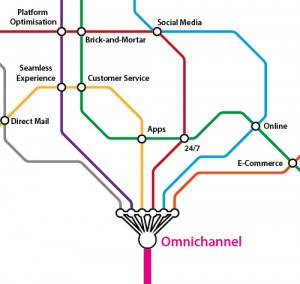Selecting the right technology for marketing teams can be very frustrating and ultimately expensive.
The software market is growing exponentially. The “technology for marketing” sector is hugely segmented, with channel specific solutions for social, mobile, print, TV, radio, packaging, e-mail, point of sale, outdoor, digital….the list is seemingly endless.
Throw in digital asset management, marketing resource and campaign management, as well as social collaboration for the teams themselves, and technology selection can soon become a full time job.
Every vendor will tell you their software can do what you need. All features are seemingly the same. The pricing models give you a headache, and everyone seems to have the same customer case studies. How should you differentiate one vendor from the next.
Our experience in selecting software for our clients has shown there are 7 requirements that are just non-negotiable:
- The User Experience. A simple UX is a critical factor. A simplistic, contemporary, familiar UX, will almost single-handedly drive user adoption, and ultimately success or failure.
- A Move to the Cloud. Keep IT at a distance. Cloud based software, instantly means greater control for marketing, swift implementation times and lower costs. It’s the only way to go. Don’t be fooled by those that claim the cloud is a recent phenomenon, many vendors have been offering cloud solutions for many years, it’s just been packaged differently.
- Ready for Omni-Channel. According to Forrester, 86% of marketers believe successfully integrating multiple channels under a single marketing strategy is critical to long term success. This means selecting technology that can manage assets, campaigns and people working across multiple channels, from print and social to mobile and outdoor.
- Suitable for Mobile. A technology that has not been optimised for use on mobile platforms, should not make the short list.
- Social Collaboration. As we start to cater for the needs of the Millennials, it is imperative that all technology introduces greater collaborative capability to drive adoption and to make information sharing an easy, accessible activity.
- B2B apps. Still in their infancy, but swiftly evolving, any technology selected should have a B2B app strategy, as remote and mobile working becomes the norm rather than the exception.
- Business Intelligence. Visually engaging, self-service business intelligence ensures we are able make the right decisions, quickly. The swift aggregation, interpretation and presentation of business information is non-negotiable when investing in technology.
If you’re thinking about bringing some new technology into your business, get in touch, we’re always happy to provide a point of view.
E-mail us at: anil@tkm-consultants.com




